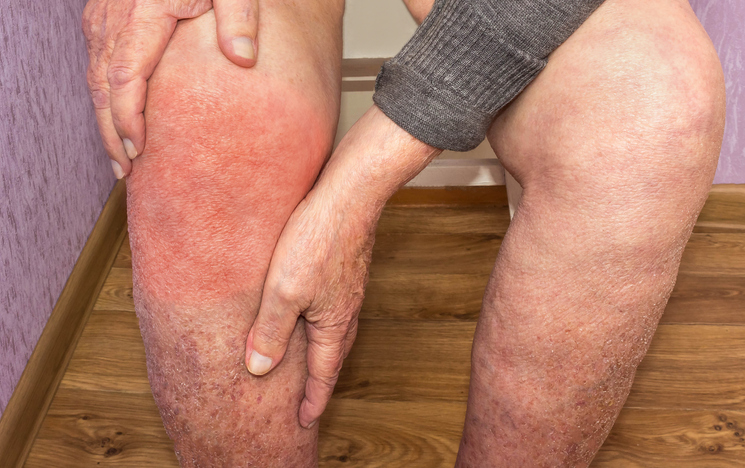By Lynda Williams, medwireNews Reporter
medwireNews: For patients with active cancer and venous thromboembolism (VTE), a reduced dose of apixaban is noninferior to the standard dose for preventing recurrent thromboembolic episodes and significantly reduces the risk of clinically relevant bleeding, report the API-CAT investigators.
“Our trial population is reflective of patients undergoing extended treatment in routine clinical practice in terms of their age, cancer site, and extent of cancer”, say Isabelle Mahe (Universite Paris Cite, France) and co-authors in The New England Journal of Medine.
They therefore believe that the “results may be generalizable to patients with active cancer receiving extended-duration anticoagulant therapy.”
The trial included 1766 patients from 121 centres in 11 countries who had completed at least 6 months of anticoagulant therapy after experiencing proximal deep vein thrombosis (24.5%) or pulmonary embolism (75.5%) a median 8 months prior to enrolling in the study.
The participants were aged a median 69 years, 43.4% were men and the most common cancer types were breast (22.7%), colorectal (15.2%), gynaecological (12.1%) and lung (11.3%).
In the 30 days before switching to trial treatment, 43.6% of patients were given a direct oral anticoagulant, 54.8% low-molecular-weight heparin, 1.2% a vitamin K antagonist, and 0.4% fondaparinux.
The patients were randomly assigned to receive thromboprophylaxis for 12 months with oral apixaban, a factor Xa inhibitor, at either a reduced dose of 2.5 mg twice daily (n=866) or a standard dose of 5.0 mg twice daily (n=900).
Over a median 11.8 months of treatment, the primary endpoint of fatal or nonfatal recurrent VTE events occurred in 18 patients given the reduced dose and 24 patients given the full dose.
This gave cumulative incidence rates of 2.1% and 2.8%, respectively, and a subhazard ratio of 0.76 that was statistically significant for noninferiority of the reduced dose, after adjustment for randomisation strata of trial centre, type of index VTE event and cancer site.
The secondary endpoint of clinically relevant bleeding was defined as major bleeding or clinically relevant nonmajor bleeding over follow-up and this occurred in 102 patients given reduced-dose apixaban and 136 patients given the full dose, with cumulative incidences of 12.1% and 15.6%, respectively. The adjusted subhazard ratio of 0.75 was significantly in favour of the reduced dose, the researchers say.
Death was reported for a comparable 17.7% of patients given the reduced dose and 19.6% given the full dose, and the combined secondary endpoint of recurrent symptomatic VTE, major bleeding or death from any cause was also similar in the two groups (19.9 vs 22.1%).
Finally, serious adverse events were reported for 39.8% of patients in the reduced-dose group and 43.8% of those in the full-dose group.
Writing in an accompanying editorial, Simon Noble (University of Cardiff, UK) praises the API-CAT investigators for choosing to assess “patient-relevant” nonmajor bleeding outcomes. While minor bleeding events are often “classified as nuisance bleeding in clinical trials”, he writes that they may have a “considerable effect on patient distress, activities of daily living, and emotional health”, especially among patients with incurable disease.
Noble concludes: “This reporting provides clinicians with much-needed information for them to engage in meaningful dialogue with patients in order to make anticoagulation decisions that are based on patients’ values and preferences.”
News stories are provided by medwireNews, which is an independent medical news service provided by Springer Healthcare Ltd. © 2025 Springer Healthcare Ltd, part of the Springer Nature Group
N Engl J Med 2025; doi:10.1056/NEJMoa2416112
N Engl J |Med 2025; doi:10.1056/NEJMe2503460

